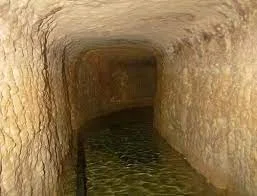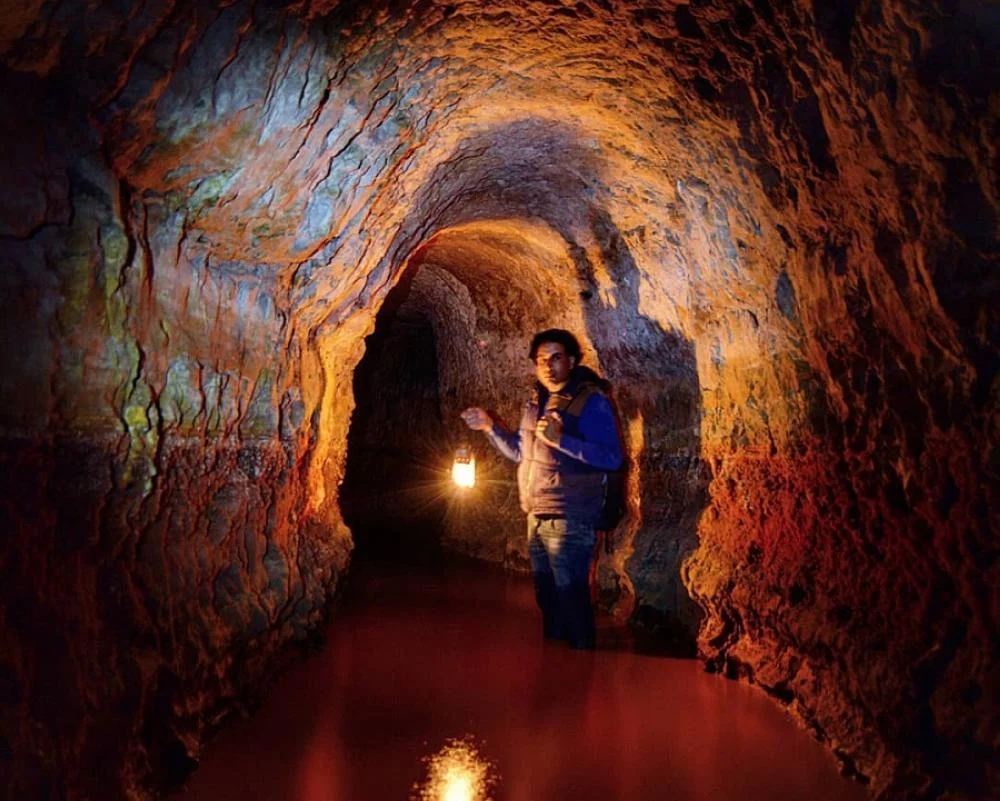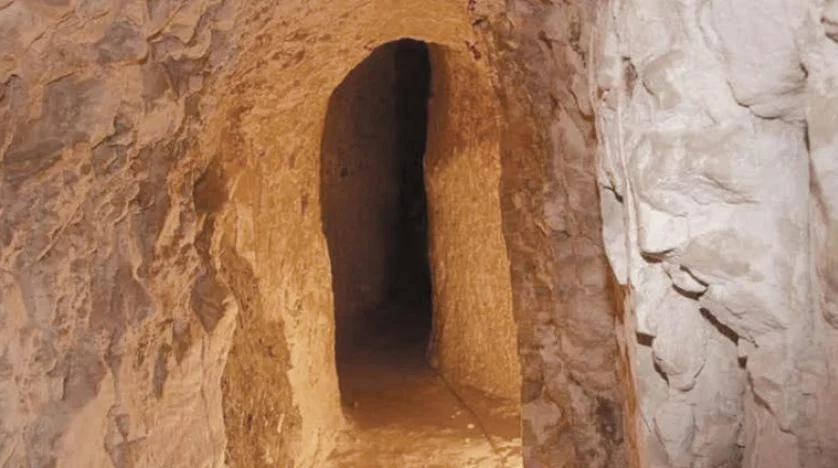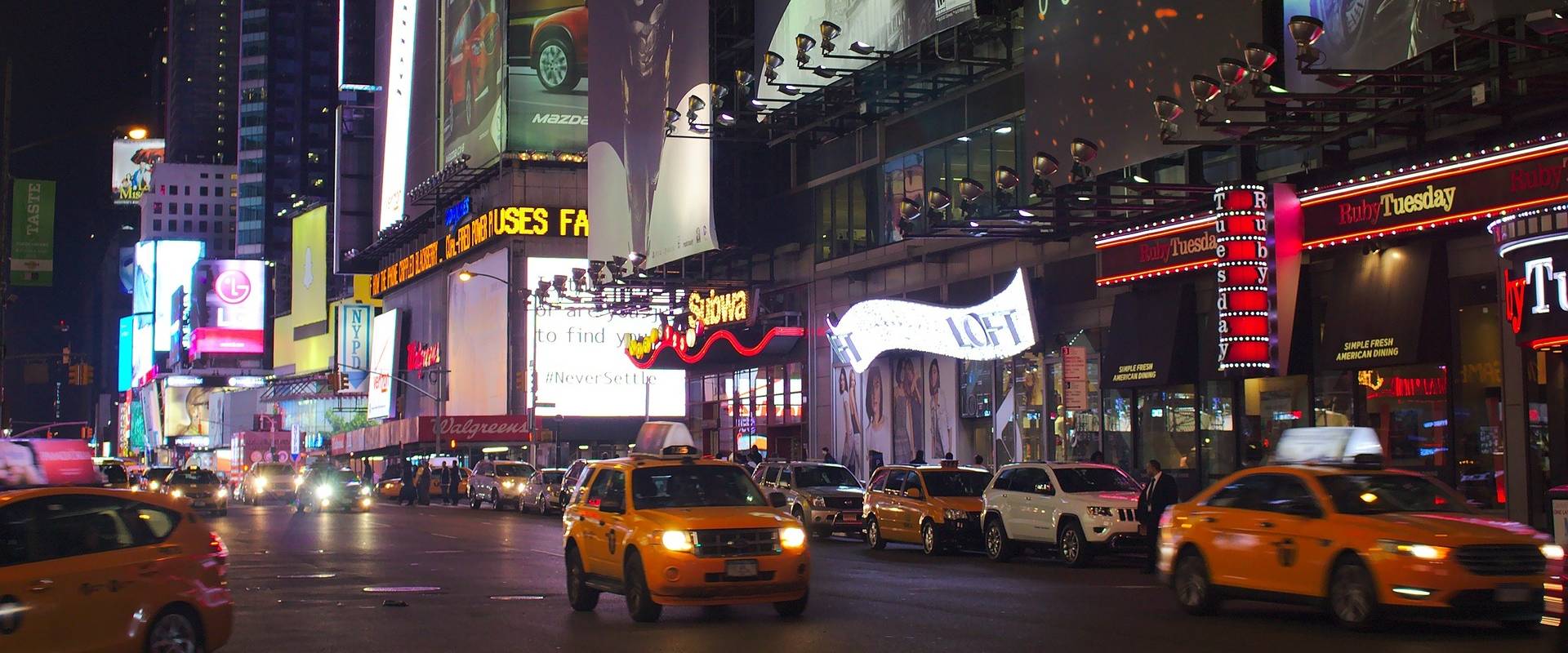The longest water tunnel in the world linking Jordan and Syria, built in the days of the Romans 130 AD
Secrets and mysteries of an underground tunnel linking Jordan with Syria, the longest in the world, and penetrating dozens of villages and towns
The Dael Umm Qais Tunnel, nicknamed the Decablos Tunnel, is a historical masterpiece built in the Roman era, and it is the longest tunnel in the world.
According to experts, it is considered the longest water tunnel in the world, an underground water miracle to connect the cities of the Decablos with water to each other, and the tunnel extends 170 km between Jordan and Syria and is 9 times longer than the second longest tunnel in the world located in Italy and is considered an underground water empire.
According to experts, the tunnel is described as a “heritage marvel” that indicates the ancient civilizations that inhabited the Hauran region, as the tunnel connects a group of villages in a unique water system fed by a group of abundant springs in the region.
Many secrets and mysteries have recently been revealed about the water tunnel, which is divided into two locations:
The first site, which is the main tunnel from the town of Dael in the western countryside of Daraa, passing through Daraa, Al-Tura, Kafr Soum, Samar, Badr and its valleys to Umm Qais
The second branch, which is the branches, which start from al-Mughayyir at Ain al-Muallaqa, and also branched with eyes and valleys.
How was it created?
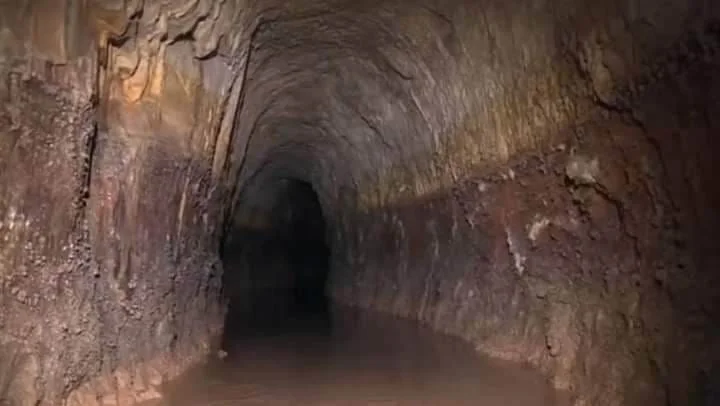
The Romans began constructing the tunnel, according to experts, in the second century AD, during the era of Emperor Hardian in the year 130 AD, and work continued on it for more than eighty non-continuous years.
The water tunnel is supplied with more than ten powerful springs so far, and it also branches out from the town of Kharga with several branches in the middle of Kharga, Wadi Al-Nuss and Al-Arqoub towards Al-Khraibeh to the main spring, and then deviates to Ain Quilbeh and heads to Yabla
There are also places to put lighting and lamps every two meters on the sides of the tunnel, and every one kilometer the angle of inclination is determined in order to withdraw water, and also there are writings in the Romanian and Arabic languages found on the wall of the tunnel, and also in some areas there are stairs in order to withdraw water

